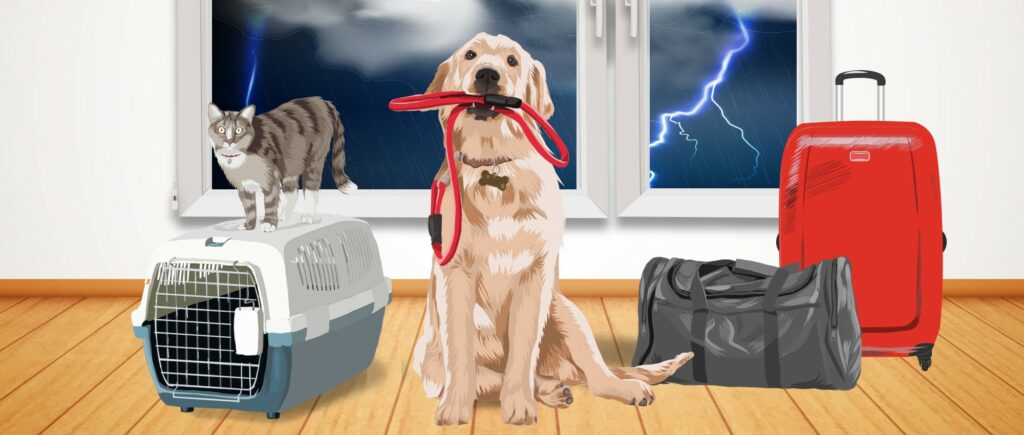Fire Evacuation Tips
It’s been a year now since the Marshall Fire devastated our hometown of Louisville, Colorado. It’s the town we chose when we first moved to Colorado in 1996 because of the warm people and sweet small town feel. Louisville is where our daughter was born and attended pre-school through eight grade. She was fortunate to have the best teachers I could have hoped for and to make some dear friends. Louisville is a very special town. It can be hard to explain the depth of connection. The people here look out for each other and really are part of an extended family. This is part of why the fire was so painful. It’s also why many of those who lost their homes managed to keep going and even plan to rebuild. The support the community has shown one another is nothing short of amazing.
On December 30, 2021, we were forced to evacuate our store in the heart of Louisville on very short notice. With flames already surrounding the building, we managed to safely evacuate our staff and all of our client’s dear pets who were with us for grooming that day. We had no more than 2-3 minutes to get everyone out. About a thousand pets who were home alone at the time were not as lucky. As a dog trainer, that experience brought to mind the importance of being ready to evacuate in case of emergency.
The town of Louisville didn’t expect the Marshall Fire to come raging into town. No one ever expects a disaster but being prepared could someday help save the life of you or your dog. Based on what we learned, here are some fire evacuation tips to help keep you and your pets safe.
Being Prepared During Disaster
-
- Have an evacuation plan for your pet. – Many public shelters and hotels don’t allow dogs. Find a safe evacuation location for your pet before disaster strikes.
-
- Make a buddy plan with your neighbors – Many pets were lost in the Marshall Fire. Connect with your community and look out for each other during emergencies. Exchange cell phone numbers, keys, or garage door codes with trusted friends and neighbors.
-
- Have your pet microchipped – Keep your address and phone number up-to-date and include contact information for a friend or relative outside your local area. Always make sure your dog is also wearing a well-fitted collar with tags and that their leash is hanging in an easy-to-find location.
-
- Put together an emergency supply kit. – Keep your pet’s food, medications, leash, collar, and crate close together to grab quickly in case of evacuation.
-
- Crate train your pets – When forced to evacuate, your pup may need to stay with a friend or a shelter that has been set up for evacuees. Having a safe and comfortable den-like space reduces their stress.
-
- Ensure your pet is comfortable in the car – Your dog will need to load easily in the car if you have to leave with short notice. If you know your dog has car issues, work with a trainer to help them overcome this fear.
-
- Can someone else walk your dog? – Putting your life back together will be complex. You may need to rely on the help of others to take care of your dog. If your dog has behavior issues with strangers, reach out to a qualified trainer to help properly socialize and train your dog.

